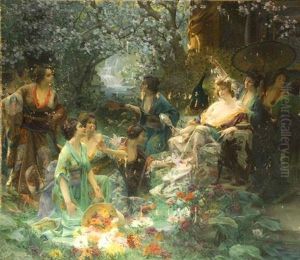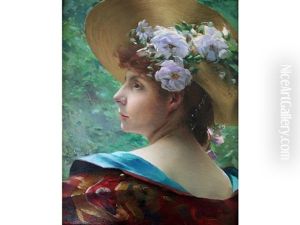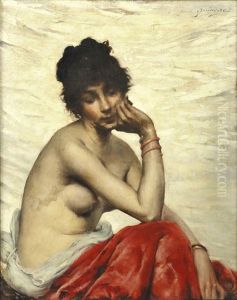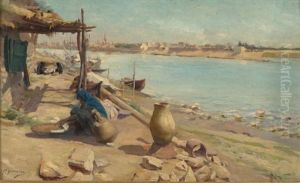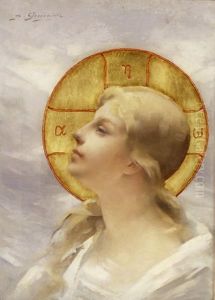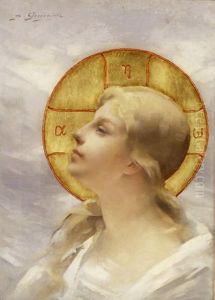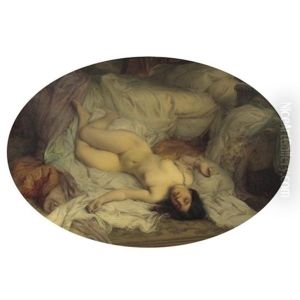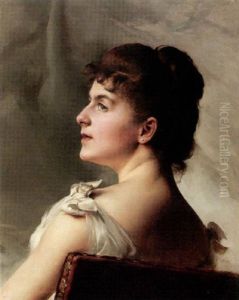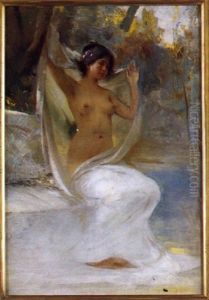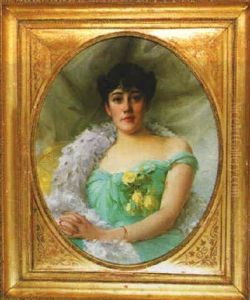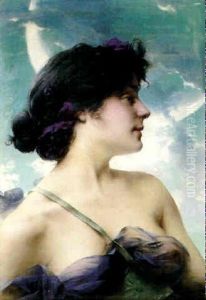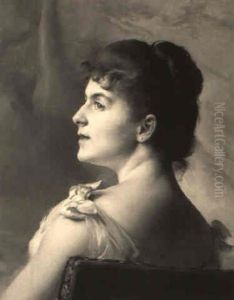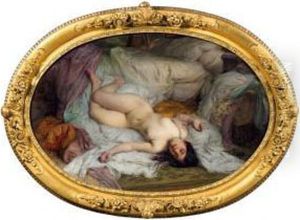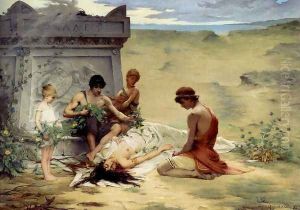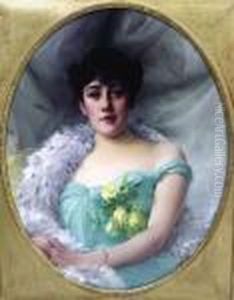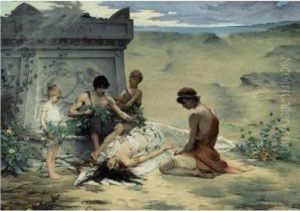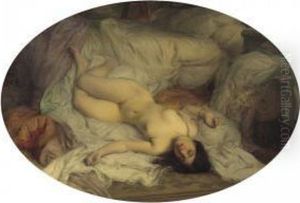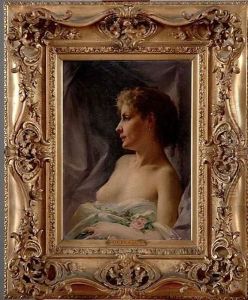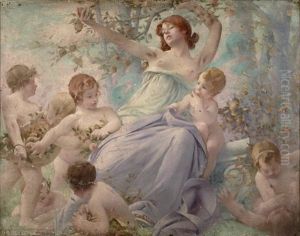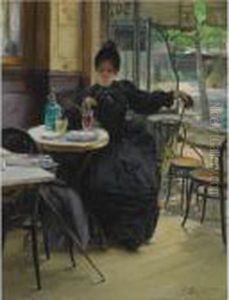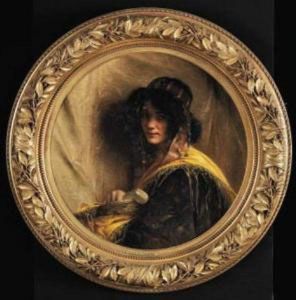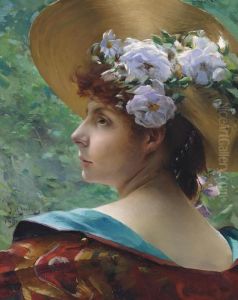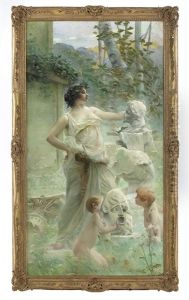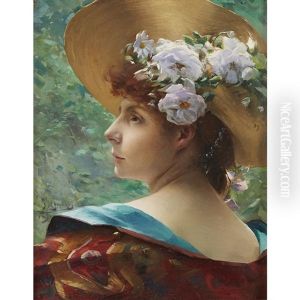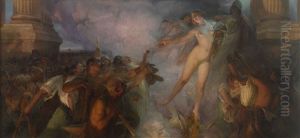Paul Francois Quinsac Paintings
Paul François Quinsac was a French painter born on July 14, 1858, in Bordeaux, France. He is known for his academic painting style, characterized by its meticulous attention to detail, vibrant color palette, and classical themes. Quinsac's artistic journey began at a young age, influenced by the rich cultural heritage of Bordeaux and the artistic environment of late 19th-century France. He pursued his education in the arts at the École des Beaux-Arts in Paris, where he studied under the tutelage of renowned painters such as Alexandre Cabanel and William-Adolphe Bouguereau, both of whom played a significant role in shaping his classical approach to painting.
Throughout his career, Quinsac dedicated himself to the creation of historical and mythological scenes, portraits, and landscapes. His works were celebrated for their elegance, sense of composition, and the ability to capture the beauty and idealism of the human form, reflecting the academic art principles of beauty, precision, and a polished finish. Quinsac's paintings were frequently exhibited in Paris Salons, where he received notable recognition and accolades for his contributions to French art.
Despite the shift in artistic trends towards Impressionism and Post-Impressionism during his lifetime, Quinsac remained committed to the academic style. His adherence to this style made him a prominent figure among those who valued traditional techniques and themes in art. Beyond his painting, Quinsac was also involved in teaching, passing on his knowledge and skills to the next generation of artists, thus ensuring the continuation of the academic tradition.
Paul François Quinsac's legacy is marked by his dedication to classical beauty and the academic art movement. His works continue to be admired for their technical excellence and artistic integrity. Quinsac passed away on February 20, 1932, in Bordeaux, leaving behind a body of work that remains significant in the study of 19th and early 20th-century French art.


